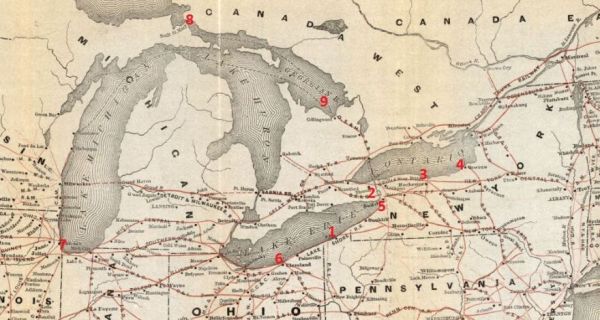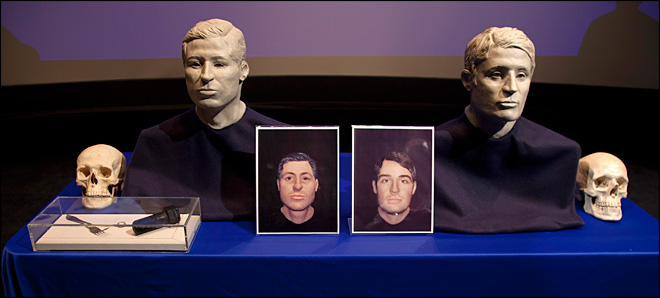This is the interesting story of a blockade runner with a full c.v. From its christening in Glasgow to its suspicious scuttling outside Oregon, the ship has an interesting history. Some of the war’s inanimate objects have some interesting stories to tell.
Ten days into its new career as a Navy ship, the Gertrude captured the blockade runner Warrior after a nine-hour chase. Then it sank the Ellen the following January, followed the next year by the Eco. The Gertrude’s brush with stardom came when it almost caught the legendary Confederate runner Denbigh, which only managed to get away by pitching $10,000 worth of cotton overboard to lighten the cargo load.
After the war, though, the Gertrude’s glory days were over. Technology had raced ahead in the few years since it was built. What had been the fastest thing in the Gulf of Mexico back in 1863 was now just another aging, slowish, tiny, obsolete freighter.
Now re-named the Gussie Telfair, the old warhorse soldiered on for twenty mundane years making the Portland-Victoria run before finally being sold to Frank Bernard and put to work out of Coos Bay.
And that, of course, led to what was very likely an undignified little bit of dirty work in the line of insurance fraud, and the end of a once-proud warrior that had done a yeoman’s job on both sides in the war of the century.
via NewsRegister.com – News and information for McMinnville and Yamhill Valley, Oregon – wine country newspaper.


